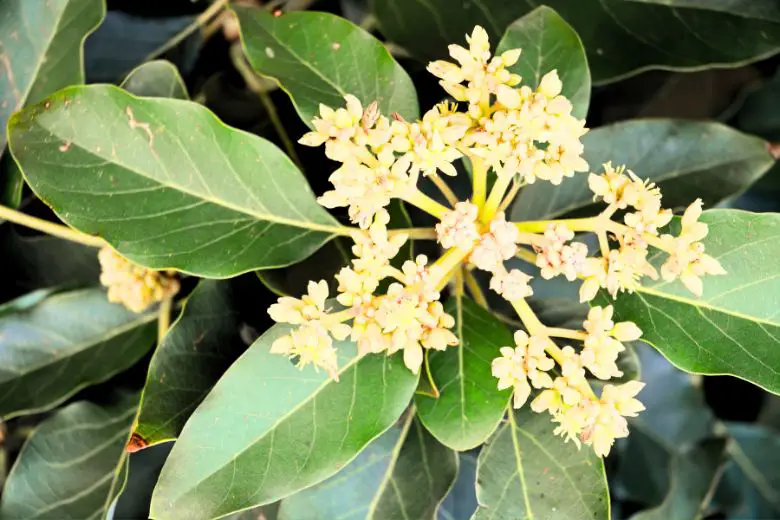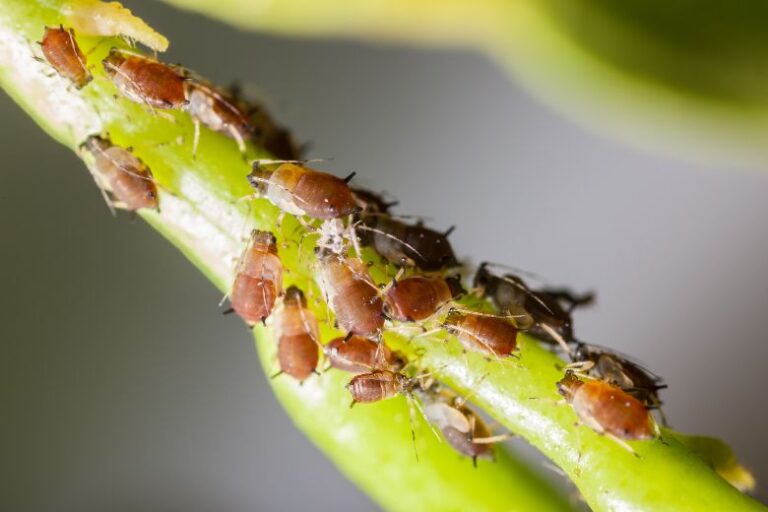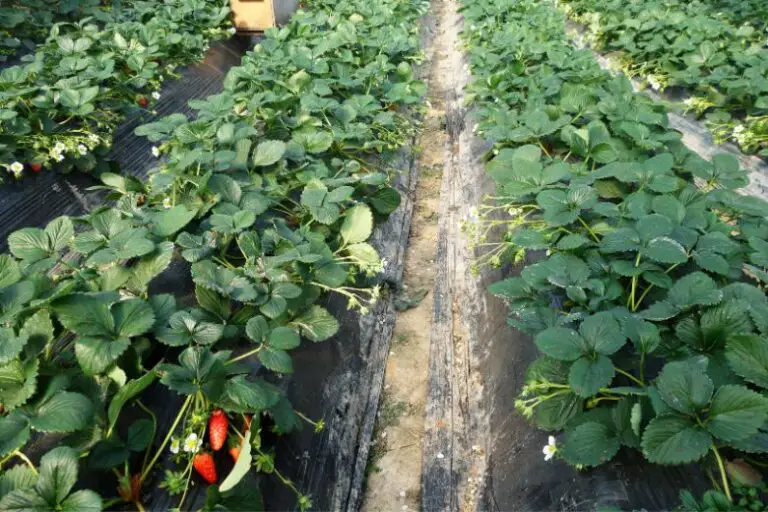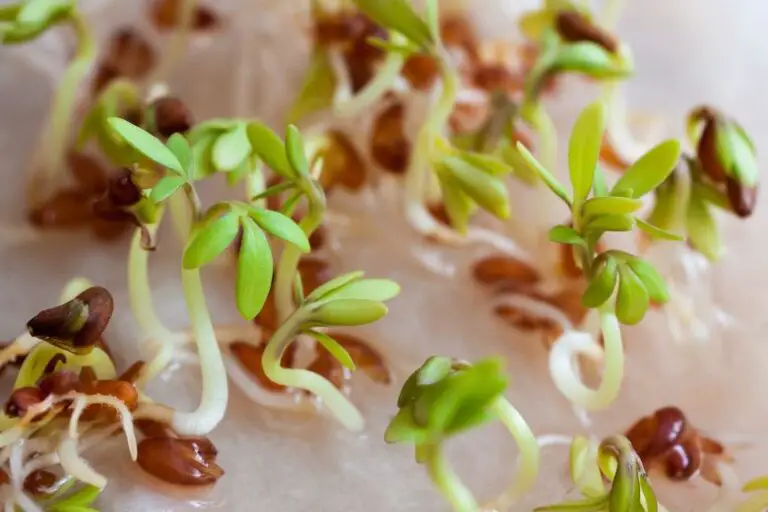Are Avocado Leaves Edible
Avocado trees are native to Central and South America and are now cultivated in various parts of the world. While the focus is often on the creamy flesh of the avocado fruit, the leaves of the tree have also been utilized for centuries in different cultures for their unique flavors and potential health benefits.
In this article, we will explore the edibility of avocado leaves, their nutritional value, traditional uses, safety considerations, and how to prepare and cook them. So, are avocado leaves edible? Let’s find out!
What Are Avocado Leaves?
Avocado leaves are the foliage of the avocado tree. They are typically dark green in color, glossy, and have an elliptical shape with a pointed tip. The leaves grow in pairs on the branches of the tree and are known for their aromatic scent. These leaves contain a variety of compounds that contribute to their flavor and potential medicinal properties.
Nutritional Value of Avocado Leaves
Avocado leaves are not only flavorful but also pack a nutritional punch. They are a good source of vitamins, minerals, and antioxidants. Let’s take a closer look at their nutritional composition.
Vitamins and Minerals
Avocado leaves contain vitamins such as vitamin C, vitamin E, vitamin K, and various B vitamins. These vitamins play essential roles in maintaining overall health, supporting the immune system, and promoting proper cell function. Additionally, avocado leaves contain minerals like potassium, calcium, magnesium, and iron, which are important for maintaining healthy bodily functions.
Antioxidants
Avocado leaves are rich in antioxidants, including flavonoids and phenolic compounds. These antioxidants help protect the body against free radicals, which can cause oxidative stress and contribute to various diseases. Incorporating avocado leaves into your diet can be a great way to boost your antioxidant intake.
Traditional Uses of Avocado Leaves
Avocado leaves have a long history of traditional use in different cuisines and medicinal practices. Let’s explore some of their traditional uses.
Culinary Uses
In certain cultures, avocado leaves are used as a flavoring agent in cooking. They impart a unique aroma and taste to dishes and can be used in various recipes, such as stews, soups, and sauces. The leaves are often used fresh or dried and can be added whole or ground into a powder.
Medicinal Uses
Avocado leaves have also been utilized for their potential medicinal properties. They have been traditionally used to treat ailments such as digestive issues, inflammation, and respiratory conditions. However, it’s important to note that scientific research in these areas is limited, and further studies are needed to fully understand the potential health benefits of avocado leaves.
Safety Considerations
While avocado leaves offer potential culinary and medicinal benefits, it’s crucial to consider some safety considerations before incorporating them into your diet.
Toxic Compounds
Avocado leaves contain certain compounds, such as persin, which can be toxic to animals like horses, birds, and rodents. However, the toxic effects of these compounds on humans are generally considered to be minimal when consumed in moderate amounts. It is advisable to avoid consuming large quantities of avocado leaves to minimize any potential risks.
Allergies
As with any food or plant, some individuals may have allergies or sensitivities to avocado leaves. If you have known allergies to avocados or related plants, it’s best to consult with a healthcare professional before consuming avocado leaves.
Preparing and Cooking Avocado Leaves
If you decide to try avocado leaves in your culinary adventures, here are some steps to prepare and cook them properly.
Harvesting
You can harvest avocado leaves from your own avocado tree or find them at specialty stores or local markets. Make sure to choose fresh, undamaged leaves for the best flavor and quality.
Cleaning and Storage
Before using avocado leaves, rinse them thoroughly under cold water to remove any dirt or impurities. You can store them in a sealed container in the refrigerator to keep them fresh for a longer duration.
Cooking Methods
Avocado leaves can be used in various cooking methods to infuse their unique flavors into dishes. They can be added to soups and stews during the cooking process, used as a seasoning for grilled meats, or steeped to make avocado leaf tea. The cooking method will depend on the recipe you’re following.
Recipes Utilizing Avocado Leaves
Here are a few recipes that showcase the versatility of avocado leaves:
Avocado Leaf Tea
Ingredients:
- 10 fresh avocado leaves
- 4 cups of water
- Honey or sweetener of your choice (optional)
Instructions:
- Rinse the avocado leaves under cold water to remove any impurities.
- In a saucepan, bring the water to a boil.
- Add the avocado leaves to the boiling water and let them simmer for 5-10 minutes.
- Remove the saucepan from heat and allow the tea to cool slightly.
- Strain the tea to remove the leaves.
- Sweeten with honey or your preferred sweetener if desired.
- Serve the avocado leaf tea warm and enjoy its soothing flavors.
Avocado Leaf Infused Oil
Ingredients:
- 1 cup of avocado leaves
- 2 cups of olive oil
Instructions:
- Rinse the avocado leaves under cold water and pat them dry.
- Place the leaves in a glass jar or bottle.
- Heat the olive oil in a saucepan over low heat until warm, but not boiling.
- Pour the warm oil over the avocado leaves, ensuring they are fully submerged.
- Let the mixture steep for at least 24 hours to infuse the flavors.
- Strain the oil to remove the leaves.
- Transfer the infused avocado leaf oil to a clean container for storage.
- Use the oil in salad dressings, marinades, or as a finishing oil for a hint of avocado flavor.
Avocado Leaf Seasoning
Ingredients:
- ½ cup dried avocado leaves
- 2 tablespoons sea salt
- 1 tablespoon black peppercorns
- 1 tablespoon dried chili flakes
Instructions:
- Grind the dried avocado leaves in a spice grinder or mortar and pestle until powdered.
- In a bowl, combine the powdered avocado leaves, sea salt, black peppercorns, and dried chili flakes.
- Mix well until all the ingredients are evenly distributed.
- Transfer the seasoning to an airtight container for storage.
- Sprinkle the avocado leaf seasoning on grilled meats, roasted vegetables, or any dish you want to add a touch of avocado flavor.
Feel free to experiment with these recipes and adjust the quantities and flavors according to your taste preferences.
Frequently Asked Questions (FAQs)
1. Can you eat avocado leaves?
Yes, avocado leaves are edible, but they are primarily used for their flavoring properties rather than consumed in large quantities.
2. What do avocado leaves taste like?
Avocado leaves have a unique flavor profile characterized by a subtle anise or licorice-like taste with hints of citrus and earthiness.
3. Are avocado leaves safe for pets?
No, avocado leaves can be toxic to some animals. It is best to keep avocado leaves away from pets and consult a veterinarian if you suspect your pet has ingested them.
4. How can avocado leaves be used in cooking?
Avocado leaves can be used in various cooking methods such as simmering in soups and stews, using them as a seasoning for grilled meats, or steeping them to make tea.
5. Are avocado leaves commonly used in any cuisines?
Avocado leaves are commonly used in Mexican and Central American cuisines to add a distinctive flavor to traditional dishes.
Conclusion
Avocado leaves are indeed edible and offer unique flavors and potential health benefits. While they may not be a staple ingredient in every kitchen, they provide an opportunity to explore new flavors and experiment with different recipes.
Remember to use avocado leaves in moderation, consider any allergies or sensitivities, and enjoy the culinary journey they can offer. So, the next time you’re cooking with avocados, why not give avocado leaves a try and elevate your dishes with their delightful essence.







